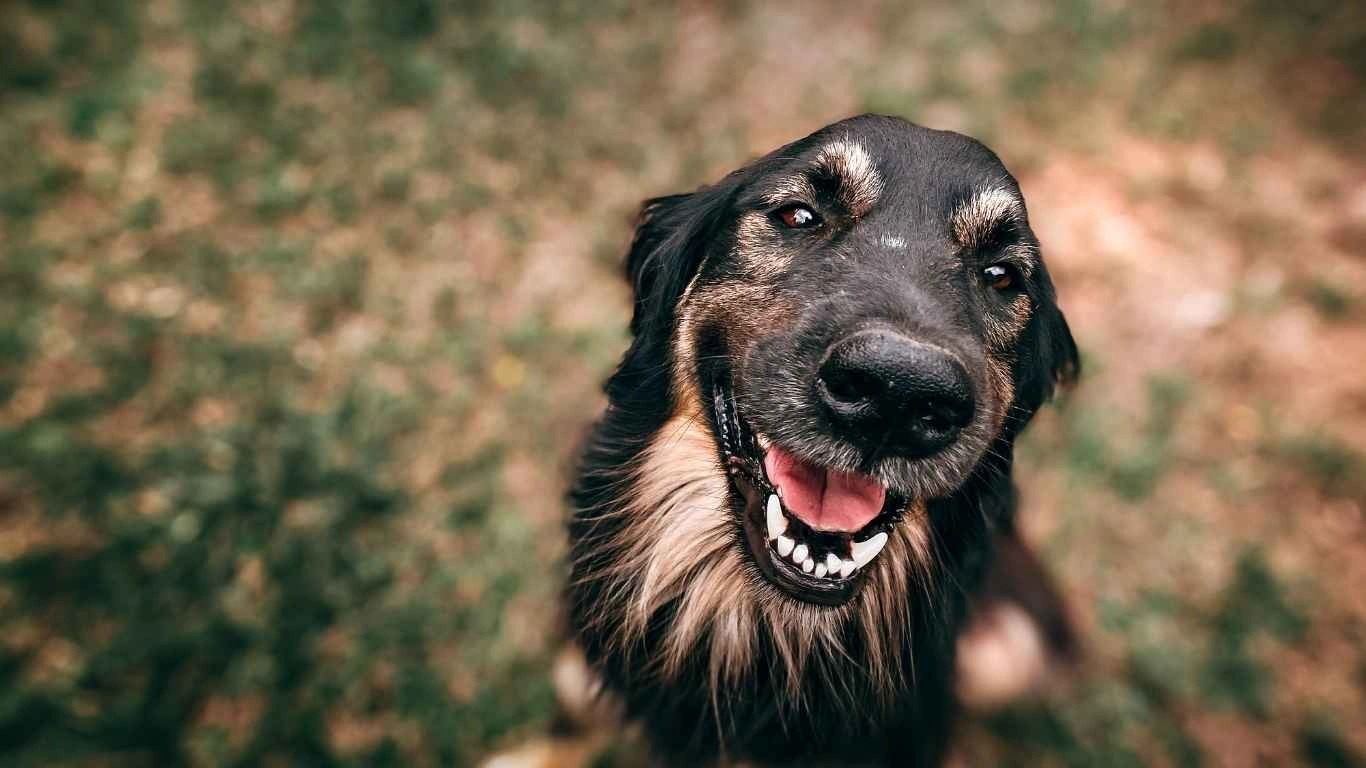Can Dogs Eat Honey? The Sweet Truth Every Pet Parent Should Know
Ever caught your pup staring longingly at your toast drizzled with golden honey? You’re not alone! One of the most common questions I get asked as an Animal Care Specialist is: can dogs eat honey? It’s something pet parents wonder a lot, especially those who love sharing their breakfast or snacks with their furry friends. I’ve worked with hundreds of dogs in clinics and shelters, and I’ve seen everything from accidental sugar rushes to well-meaning treats gone wrong. So, let’s dive into this sticky (but sweet) topic and clear the air—without sugarcoating it, of course.
Is Honey Safe for Dogs?

Yes, in small amounts, honey is generally safe for most healthy dogs. It’s a natural sweetener packed with trace nutrients like potassium, calcium, and magnesium. But before you go letting your pup lick the spoon, there’s more to it than just safety. Just because something is safe doesn’t mean it’s beneficial—or risk-free.
From my experience working in shelters, I’ve seen dogs thrive on proper nutrition, but also seen quite a few come in with issues due to excessive or improper treat-giving. Honey can be a great occasional treat, but there are important caveats to consider.
Potential Health Benefits of Honey for Dogs
If used wisely, honey might actually give your pup a little boost. I’ve known a few senior dogs at the shelter who got a bit of honey in their food to help with energy levels or sore throats. Here’s a look at some of the pros:
- Natural Energy Source: Honey’s sugars (glucose and fructose) can offer a quick energy burst—great for active or older dogs who need a little pick-me-up.
- Soothing for Kennel Cough: A spoonful of honey has helped soothe scratchy throats in a few rescue dogs recovering from kennel cough. Just like in humans, it can coat the throat and calm irritation.
- Antioxidants and Nutrients: Raw honey contains antioxidants and trace minerals which can support overall wellness, although the benefits in dogs are not as widely researched as they are in humans.
Still, keep in mind—it’s not some magical cure-all. The key is moderation, and making sure it’s suitable for your dog’s individual needs.
When Honey Might Not Be a Good Idea

This is where my experience really comes in. I’ve seen pet parents give their dogs honey with the best intentions, but not all dogs respond the same way. Here are some times when honey might be a hard no:
- Diabetic Dogs: Honey can spike blood sugar levels quickly. If your dog has diabetes, it’s best to avoid it entirely.
- Puppies Under One Year: Just like in human babies, raw honey can contain spores that could lead to botulism in young puppies whose immune systems aren’t fully developed.
- Overweight Dogs: Extra sugar means extra calories, which can sneak up on your dog’s waistline faster than you think.
- Dogs with Allergies: While rare, some dogs can have allergic reactions to pollen or components found in honey. Always test with a tiny amount and watch for any signs of itching, swelling, or tummy troubles.
One time, a well-meaning client brought in their golden retriever who was breaking out in hives—and the culprit turned out to be a homemade treat loaded with raw honey and peanut butter. So yeah, even natural stuff can be problematic depending on your dog’s sensitivities.
How Much Honey Can Dogs Eat?
Moderation is the magic word here. You don’t want to turn your dog into a buzzing little sugar bee. Here’s a simple guideline based on size:
- Small Dogs (under 20 lbs): ½ teaspoon per day
- Medium Dogs (20–50 lbs): 1 teaspoon per day
- Large Dogs (50+ lbs): Up to 1 tablespoon per day
Honestly, I usually recommend even less than that, especially for dogs that aren’t super active or have had health concerns. I’ve always told pet owners to start small—like, pinky-nail-sized small—and see how their dog reacts. No need to go overboard just because they love it (and they usually do!).
Raw vs. Processed Honey: Does It Matter?
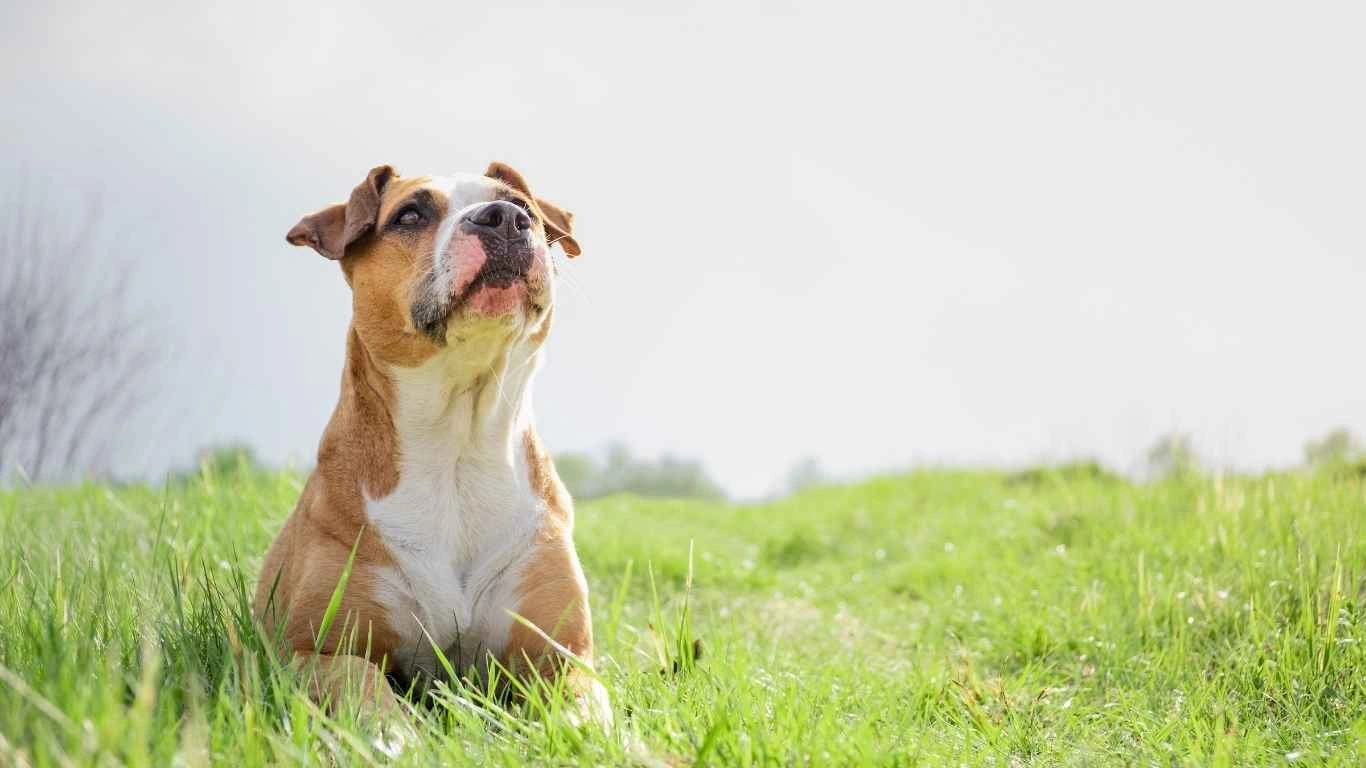
Absolutely! Not all honey is created equal. Raw, unfiltered honey retains natural enzymes and antioxidants, making it the better choice if you’re giving it to your dog. On the other hand, heavily processed honey (the kind in the cute little bear-shaped bottle) is usually stripped of most nutrients—and often has added sugars or syrups that your dog doesn’t need.
In our shelter clinic, we kept a tiny jar of local raw honey on hand for the occasional sniffle or to help certain dogs take their meds more easily. A dab on the spoon, and down the pill went—no wrestling required!
That said, always check the ingredient label. Avoid honey that includes artificial additives or “honey blends.” Your pup deserves the good stuff if they’re going to eat it at all.
Creative Ways to Add Honey to Your Dog’s Diet
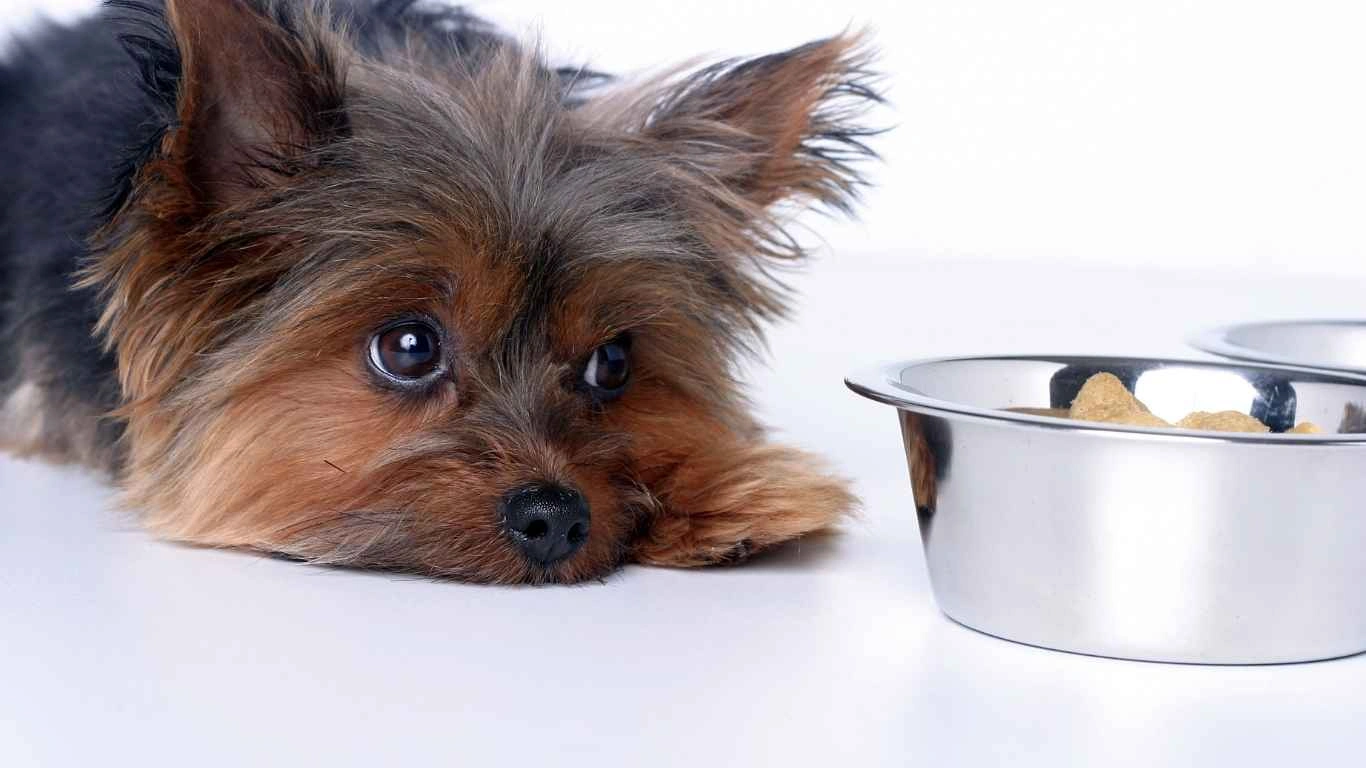
So, now that you know honey isn’t a no-go (in moderation), you might be wondering—what’s the best way to give it to your dog without just spooning it into their mouth? Honestly, most pups won’t complain either way, but as someone who’s worked with picky eaters in both pet clinics and shelters, I’ve learned a few tasty tricks that go beyond the basic spoon-licking route.
1. DIY Honey Dog Treats
Homemade dog treats are a game changer. I’ve helped a lot of pet parents whip up easy, no-bake honey and oat treats that don’t take more than 10 minutes to make. One of my go-to recipes is just:
- 1 cup of rolled oats
- 1/2 banana, mashed
- 1 tablespoon of raw honey
- A splash of unsweetened peanut butter
Roll it into bite-sized balls, refrigerate for a bit, and boom—healthy, pup-approved snacks. Dogs go nuts for them, and you get to feel like a homemade treat wizard.
2. Mix It into Their Kibble or Wet Food
If your dog needs a little incentive to eat their regular meals, a drizzle of honey can actually do the trick. One of our older rescues, Max, went through a period where his appetite tanked due to dental issues. We mixed a dab of honey into his soft food, and he perked right up.
That said, be cautious. Mixing honey into food every day can easily lead to unnecessary calories over time. Use it as a once-in-a-while incentive, not a daily staple.
3. Honey + Yogurt Frozen Treats
On hot days, I love making frozen treats using plain Greek yogurt and a swirl of honey. Pour the mix into ice cube trays or silicone molds and freeze. It’s an awesome summer refresher, and pups love the creamy texture.
Bonus: It can also soothe teething discomfort in puppies (just skip the honey if they’re under a year old).
Can Dogs Eat Manuka Honey?

Here’s one I get asked all the time: Is Manuka honey safe for dogs? Yes, it is—but there’s a catch. Manuka honey is a type of raw honey from New Zealand that’s known for its supercharged antibacterial properties. It’s often used for wound healing in both people and animals.
I’ve actually seen vets recommend applying Manuka honey topically for certain skin issues—like hot spots or healing wounds—because of its powerful antimicrobial effects. But it’s pricey, and unless there’s a specific reason to go for Manuka, most dogs will do just fine with a good-quality local raw honey.
If you’re going to use it for your dog internally, stick to tiny amounts and always double-check with your vet, especially if your dog is on any medications or has chronic conditions.
When Manuka Might Make Sense
- Post-surgery recovery: Applied on minor incisions or wounds (vet-approved only!)
- Digestive support: A dab can help dogs recovering from mild GI upset
- Skin infections: Topical use can help reduce irritation and promote healing
I once worked with a bulldog who had recurring skin fold infections. After a vet consult, his caretaker used diluted Manuka honey on the affected areas, and we saw visible improvement within a few days. That stuff is no joke—but again, always check with your vet first.
How to Choose the Right Honey for Your Dog
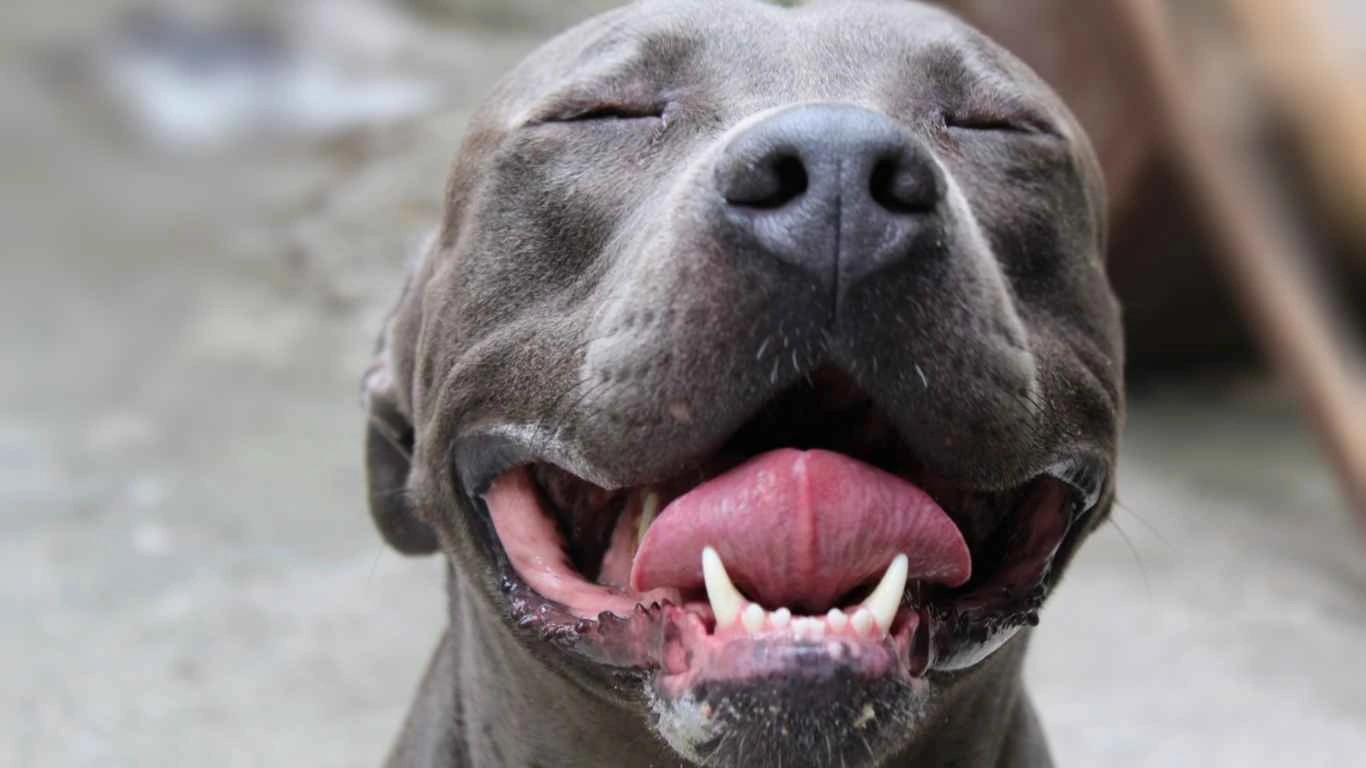
Not all honey is created equal, and as someone who’s seen the effects of both good and bad dietary choices in pets, trust me—reading labels matters.
What to Look For
- Raw & Unfiltered: These retain the natural enzymes and nutrients that processed honey lacks.
- Locally Sourced: Local raw honey may also help with seasonal allergies in some dogs (though the research is still developing).
- Single Ingredient: Avoid anything with added sugars, corn syrup, or artificial flavors.
If you’re unsure, go for organic honey with a certification label. It’s usually safer, and more transparent about sourcing. Personally, I like hitting up local farmers markets—many vendors there will happily tell you about their hives and how they produce the honey.
Brands I’ve Had Good Experiences With:
- Nature Nate’s 100% Raw & Unfiltered Honey
- Bee Harmony Raw Honey
- Wedderspoon Raw Manuka Honey (for special use)
Again, moderation is key. Even the best honey out there can be too much if you overdo it.
Signs Your Dog Should Avoid Honey
Alright, let’s get real. Just because your dog can eat honey doesn’t mean they should. Some dogs just don’t tolerate it well, and in a shelter or clinic setting, it becomes pretty obvious when something isn’t sitting right.
Watch for These Red Flags:
- Upset stomach: Vomiting, diarrhea, or general discomfort after eating honey
- Hyperactivity: Too much sugar can rev your dog up like a toddler on Halloween night
- Skin reactions: Itching, redness, or hives after ingesting honey may signal an allergy
- Worsening weight gain: For dogs already on weight management diets, even a small amount of honey can add up over time
If you notice any of these symptoms, it’s a good idea to skip the honey and consult your vet. One of the things I learned early in my animal care career is how dramatically even “safe” foods can affect individual dogs differently. There’s no one-size-fits-all approach when it comes to canine nutrition.
How Often Can Dogs Eat Honey?
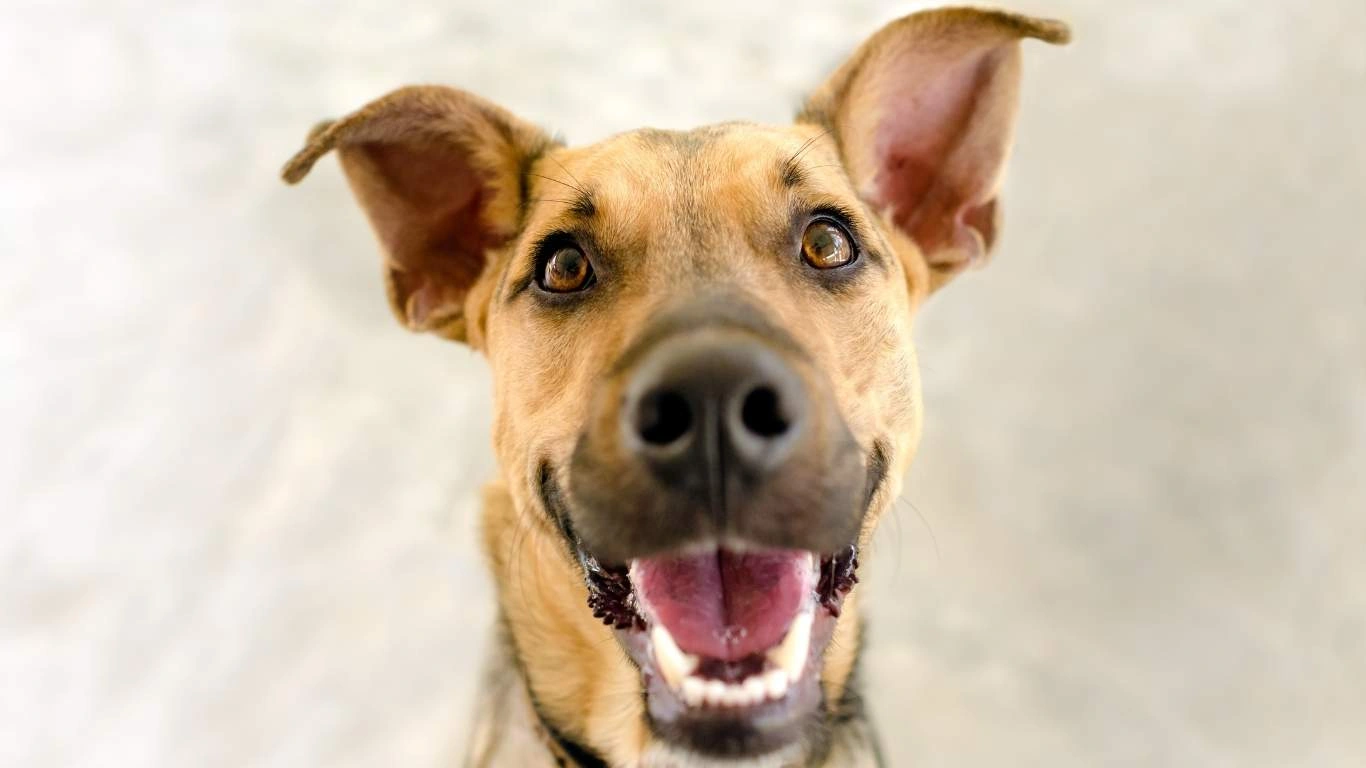
Alright, let’s get into the rhythm of it—how often is too often? One thing I’ve learned caring for dogs in clinics and shelters is that frequency can make or break a good thing. Just because something is safe doesn’t mean it belongs on the daily menu.
Honey should be considered a treat, not a dietary staple. I usually recommend no more than 1–3 times per week depending on your dog’s size, activity level, and overall health. For my own dog at home (a slightly chubby but lovable beagle mix named Theo), I stick to twice a week max—and even then, it’s usually part of a treat, not just straight honey.
General Frequency Guidelines
- Toy & Small Breeds: Once a week or less
- Medium Breeds: Up to twice a week
- Large Breeds: 2–3 times per week, depending on diet and exercise
Again, the key is balance. You don’t want honey to replace more important nutrients or sneak in excess sugar.
Should You Ask Your Vet Before Giving Honey?

Short answer: yes, always a good idea. Even though honey is natural and generally safe, there are health conditions that can make it a no-go. I’ve worked with vets who have amazing insights into how individual dog breeds or medical conditions respond to things like sugar, and honey definitely falls into that category.
If your dog has any of the following, make sure to check in before giving honey:
- Diabetes or insulin resistance
- Pancreatitis history
- Food allergies or digestive sensitivities
- Weight management or obesity concerns
And don’t forget: just because your neighbor’s Labrador is licking honey off toast every morning doesn’t mean your little Yorkie should too. Every dog is different.
Real-Life Story: Honey Helped My Rescue Dog Heal
One of my favorite success stories from the shelter involved a scrappy little terrier mix named Poppy. She came in with a rough coat, a sore throat (later diagnosed as mild tracheal irritation), and no appetite. After clearing her for any major health issues, we added a drop of raw honey to her food and water for a few days—just to see if it would help soothe her throat and entice her to eat. And wow, what a difference. She perked up, started eating again, and was adopted a couple of weeks later with a shiny new coat and a waggy tail.
Of course, not every dog needs honey to thrive, but sometimes those little natural touches can help in unexpected ways—when done thoughtfully and under the right guidance.
Other Natural Alternatives to Honey
If your dog doesn’t tolerate honey well or you’re just looking to mix it up, there are a few other natural options that offer similar (or better) benefits without the sugar spike:
- Pumpkin puree: Great for digestion and full of fiber
- Plain Greek yogurt: Probiotic-rich and soothing on the tummy
- Blueberries: Antioxidants galore, and dogs love the pop!
- Bone broth: Soothing, hydrating, and nutrient-packed
These can be rotated into treats or meals just like honey—but always in moderation and tailored to your dog’s health needs. I’ve had dogs at the clinic that responded better to pumpkin or yogurt than honey, especially those prone to sugar-related issues.
Final Thoughts on Giving Honey to Dogs
So, can dogs eat honey? Yes—but as with most things in the dog world, it depends. In moderation and for the right dog, honey can be a sweet, beneficial treat. Whether you’re drizzling a bit on their food, baking it into treats, or using it to sneak in a pill, it’s a great natural option—as long as you’re keeping an eye on the bigger nutritional picture.
Just remember: know your dog, choose the right honey, and always check with your vet when in doubt. That’s the kind of care that makes all the difference—and why experience in hands-on animal care settings really helps when making these decisions.
References
Disclaimer
This article is based on my personal experience as an Animal Care Specialist and is intended for informational purposes only. It is not a substitute for professional veterinary advice. Always consult your veterinarian before introducing new foods or supplements to your dog’s diet, especially if they have existing health conditions.
